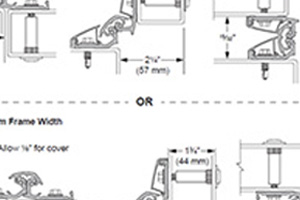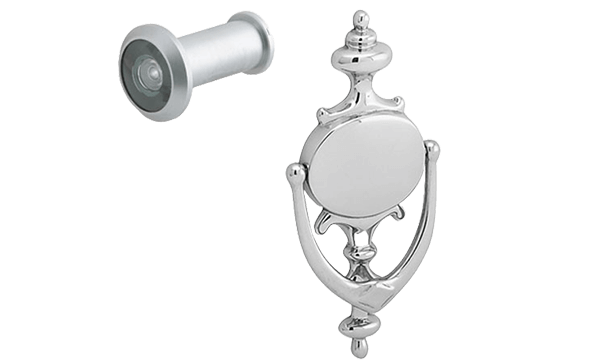Selecting the proper lock guard is essential for enhancing the security and durability of your door hardware. Here are the key considerations to keep in mind:
1. Type of Door & Material
Wooden Doors: Ensure the lock guard is compatible with the thickness and material of wooden doors.
Aluminum Doors: Look for lock guards specifically designed for aluminum doors, which often include features for compatibility with electric strikes.
2. Type of Lock
Mortise Locks: Choose lock guards compatible with type 86 mortise locks, ensuring they cover the latch bolt area effectively.
Cylindrical Locks: Select lock guards designed for type 161 cylindrical locks, adhering to ANSI/BHMA standards (Series 2000, 4000).
Electric Strikes: For doors equipped with electric strikes (e.g., Von Duprin 6210 and 6211), ensure the lock guard is designed to accommodate these mechanisms.
3. Security Features
With Security Pin (e.g., LG1): Provides added security by preventing separation of the door and frame. Ideal for high-security applications.
Without Security Pin (e.g., LG7): Suitable for standard security needs without the additional frame pin.
4. Design & Fit
Width of Rose or Escutcheon: Ensure the lock guard fits the width of the rose or escutcheon (commonly 2 3/4" or 3 1/2" wide).
Narrow Designs: Opt for narrow lock guards for applications with limited space or specific aesthetic requirements.
Non-Handed vs. Handed: Non-handed lock guards are versatile and can be used on either side. Handed lock guards (e.g., for aluminum doors) require specifying left or right hand based on door orientation.
5. Installation
Ease of Installation: Look for lock guards that are easy to install, typically through bolted with carriage bolts and nuts.
No Exposed Fasteners: Choose designs with welded mounting studs and no exposed fasteners on the face of the unit for a cleaner appearance and enhanced security.
6. Application Environment
Residential vs. Commercial: Consider the specific needs of residential versus commercial applications, including the level of security required and the frequency of door use.
Weather Conditions: Ensure the lock guard is made from materials that can withstand the environmental conditions where it will be installed.
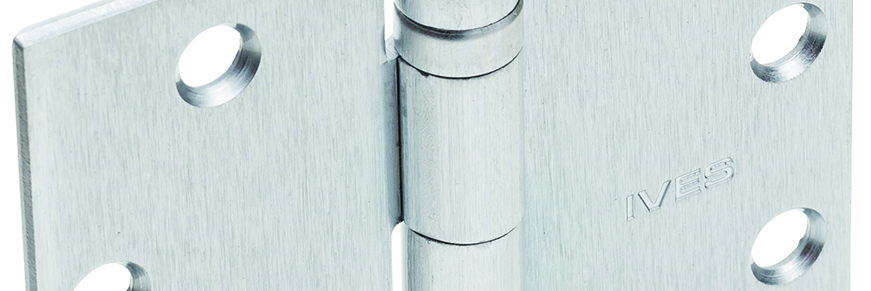
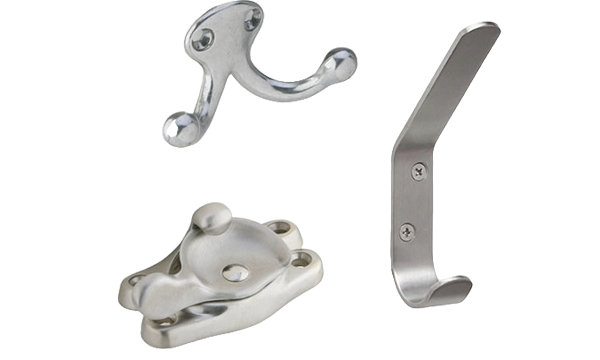
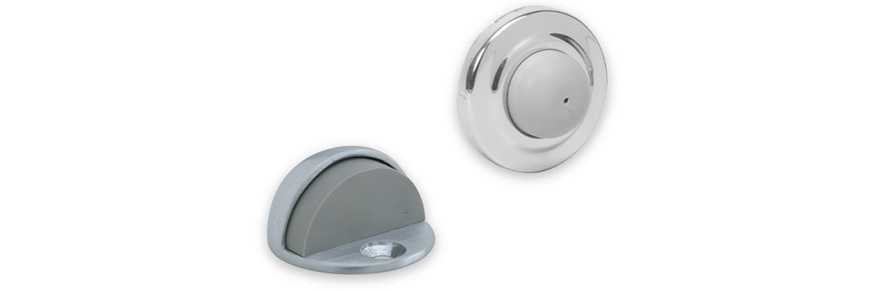


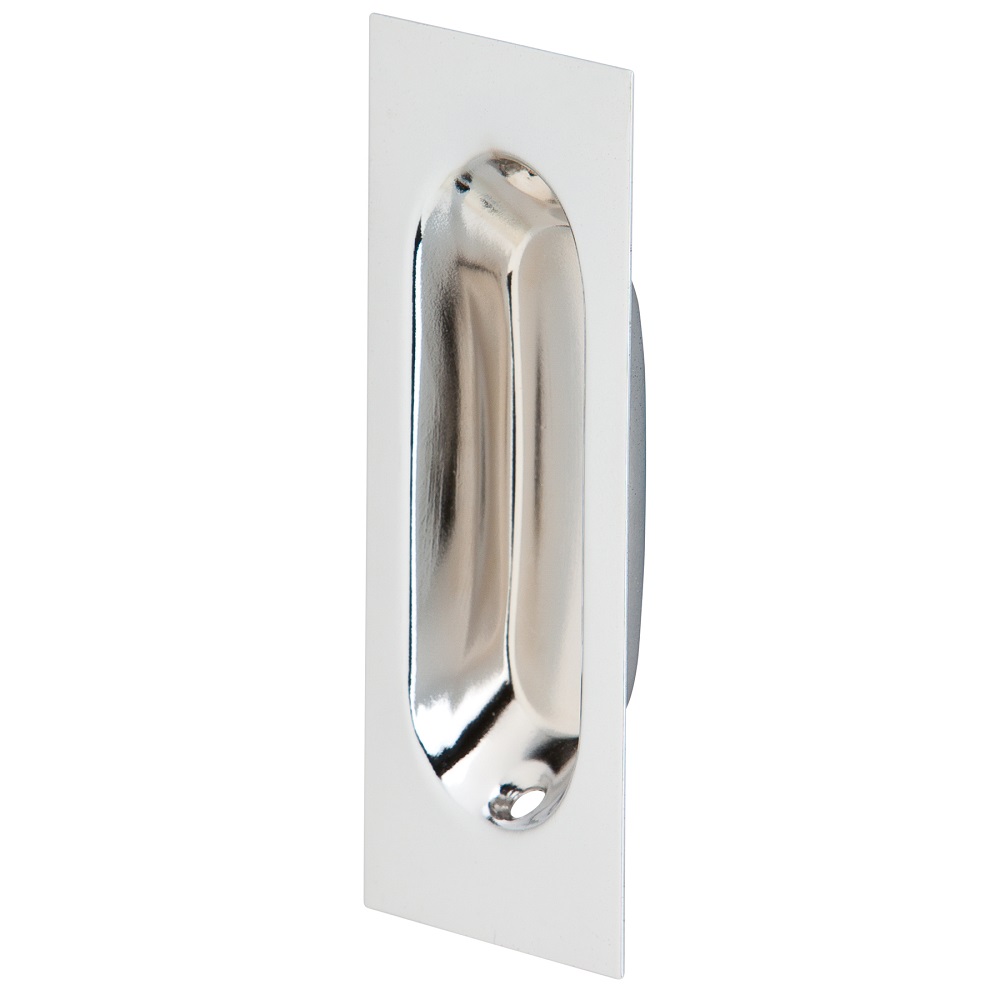

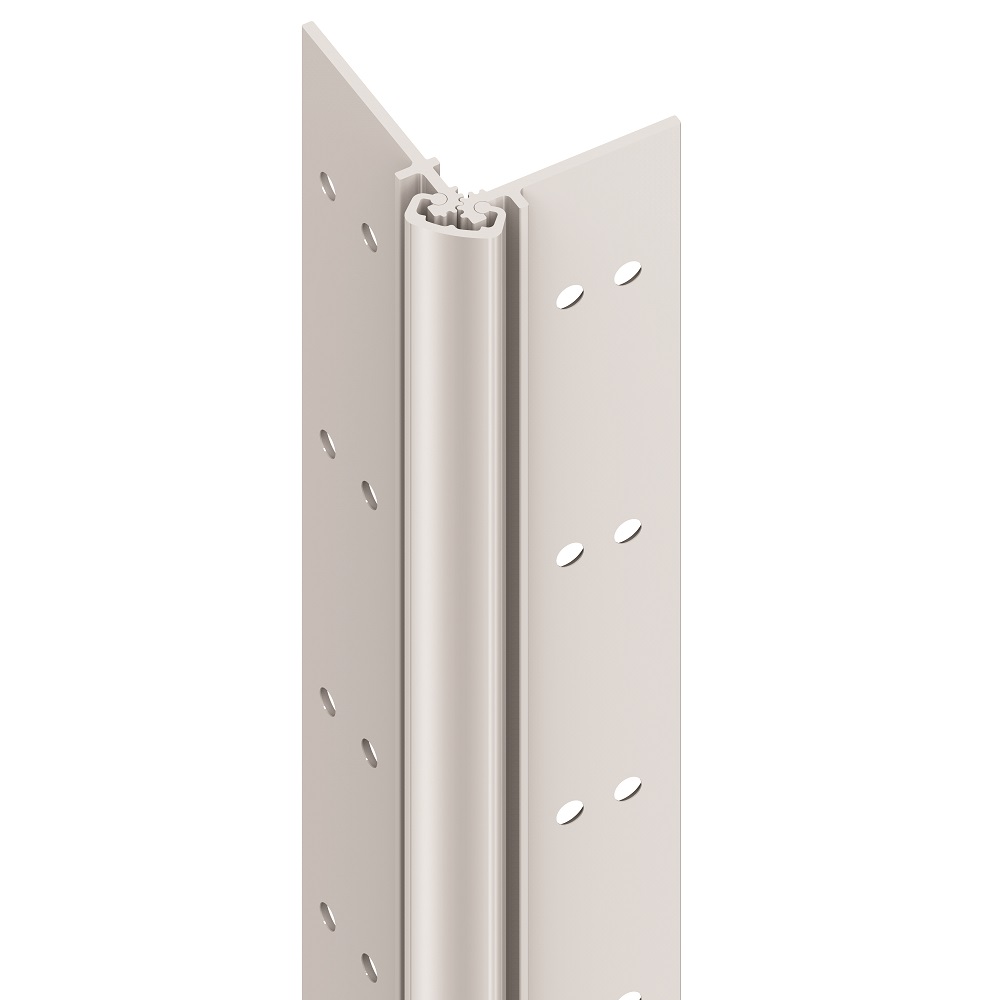

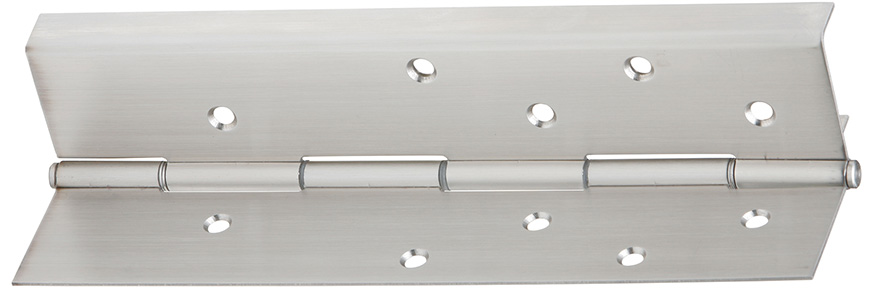


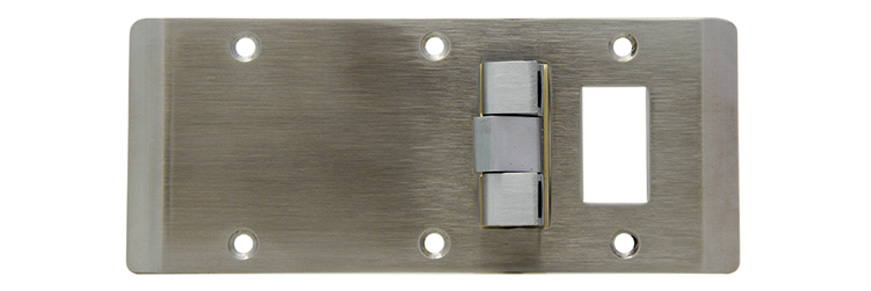
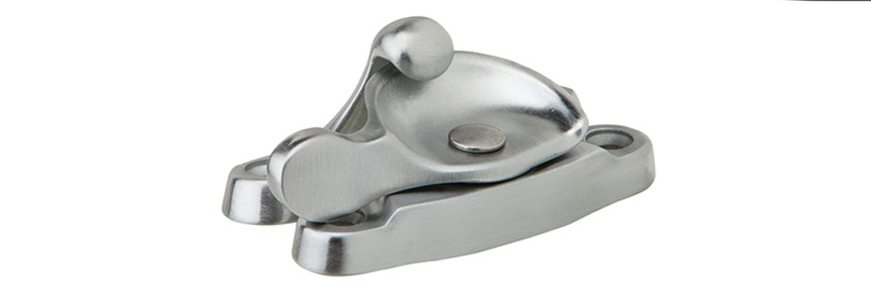
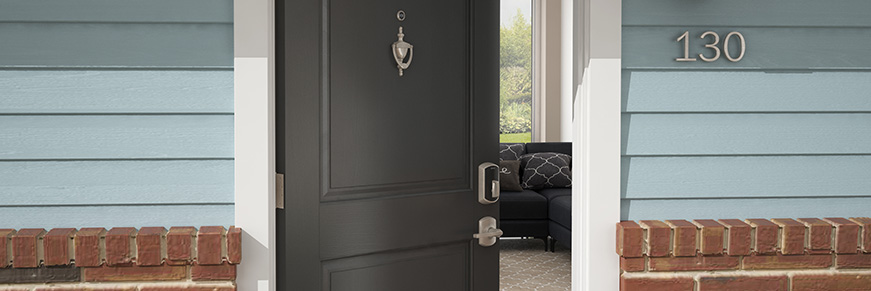
-871x291.jpg)
%20-871x291.jpg)

